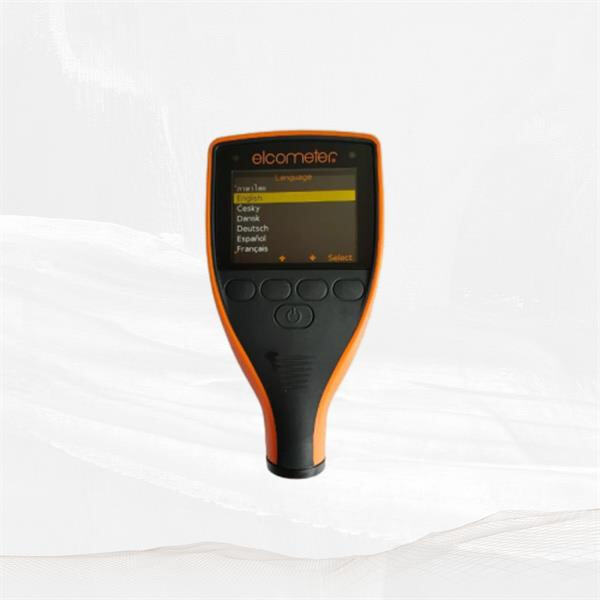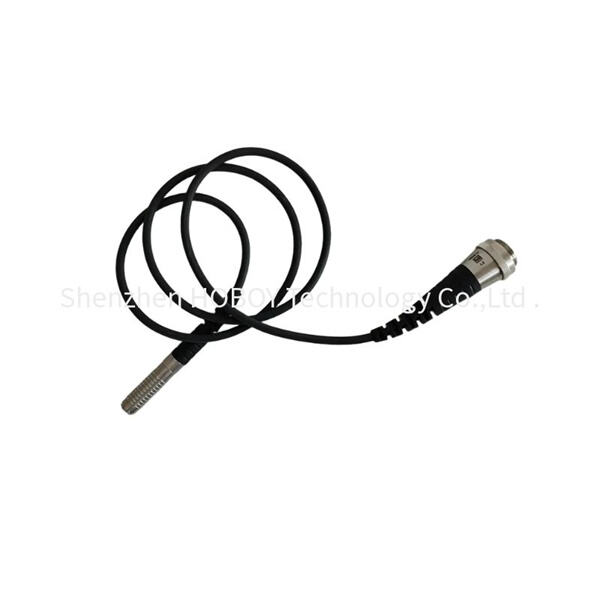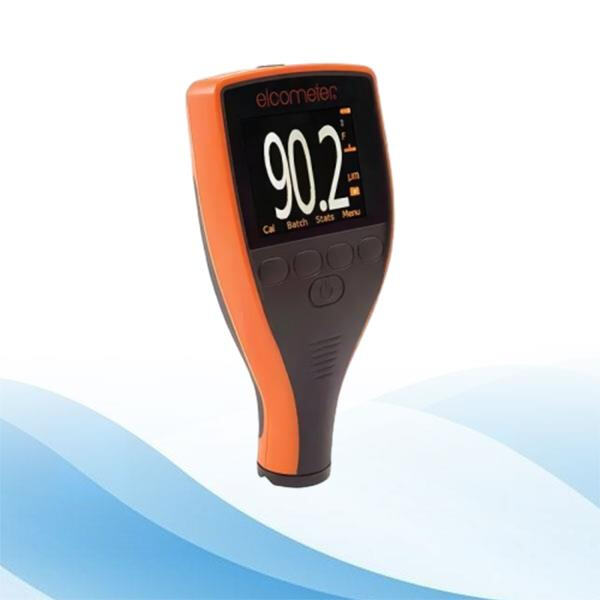Hoboy metal yüzeylerde çinko ölçümünün önemini hiç düşündünüz mü? Hadi oraya! Çinko kaplamaların korozyondan korumadaki rolü ile ilgili burada tam doğru şey var. Çinko kaplama kalınlığı ile yüzeyi korozyondan koruma arasındaki ilişkinin bilinmesi, kaplamaların koruyucu rolü açısından önemlidir. korozyon yapıların zaman içinde tamamen işlevsel kalabilmesi için çok önemli bir bilgidir.
Hoboy, metal altlıklar üzerindeki çinko kaplamaların kalınlığını doğru bir şekilde belirlemek için çeşitli yöntemler mevcuttur. Yaygın bir teknik, kalınlık ölçüm cihazı kullanmaktır. Bu alet, metal yüzey boyunca bir sinyal göndererek ve yansımayı okuyarak çinko kaplamanın kalınlığını test eder. Bu yöntemle uzmanlar kaplamanın kalınlığını ölçerek korozif etkilere karşı gerekli korumayı sağladığını doğrulayabilirler. çinko Kaplama kalınlığını ve bu koruma için gerekli olan standartlara uygun olduğunu teyit edebilirler.

Çeşitli çinko kaplama miktarlarının yapıların ömrü üzerindeki Hoboy etkisi tarif edilemez. Örneğin, Zn-Kaplama çok inceyse metal yüzey yeterince korunamaz. Ancak kaplama çok kalınsa çatlayabilir ve dökülebilir, bu da sistemin genelini bozabilir. Bu yüzden çinko kaplamanın kalınlığını çok ince ya da çok kalın olmadan doğru şekilde ölçmek ve koruma açısından uygun olan değerde olduğundan emin olmak çok önemlidir. en iyi koruma .

Kalite kontrol, üretim herhangi bir formu için önemli bir unsurdur ve çinko kaplama kalınlığının ölçülmesi de farklı değildir. Kaplama kalınlığını doğru şekilde belirleyerek, ürünün dayanıklılık ve aşınmaya karşı en iyi direnci ile korozyona karşı dayanıklılık açısından gerekli standartlara ulaşıldığını bilirler. İşte burada HOBOY işin içine girer; işimiz sadece üretmek değil, kaliteyi sağlamak da dikkatlice ölçümler çinko kaplama kalitesini garantiye almak için.

Çeşitli alt katmanlarda çinko kaplama kalınlığını değerlendirmek için çeşitli modeller mevcuttur. Yaygın bir yöntem, Hoboy kaplama kalınlığını belirlemek için manyetik bir cihazın kullanıldığı manyetik ölçümdür. Başka bir yaklaşım, elektromanyetik değerlere dayanan kaplama kalınlığı ölçümü için girdap akımı ölçümü yapmaktır. i̇ndüksiyon . Bu yöntemlerin hepsinin, analiz edilen substratın özelliğine bağlı olarak güçlü ve zayıf yönleri vardır.

